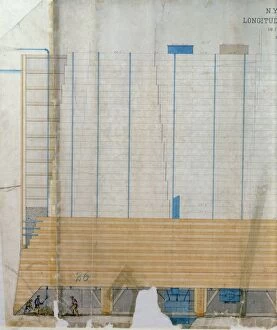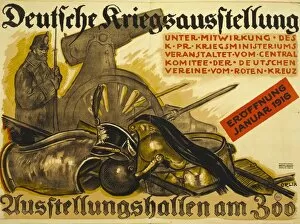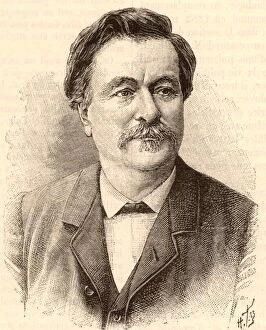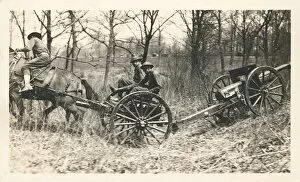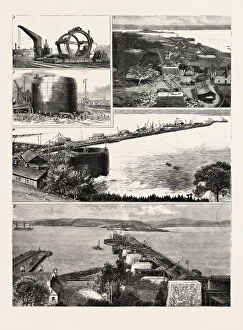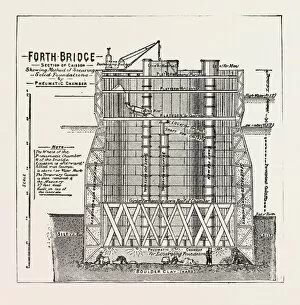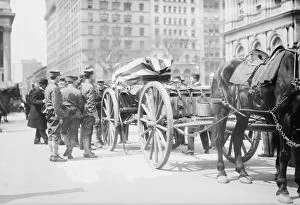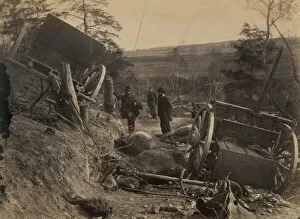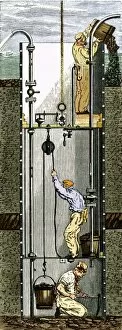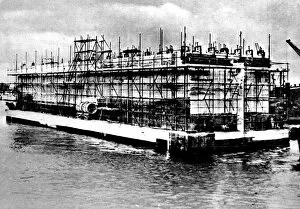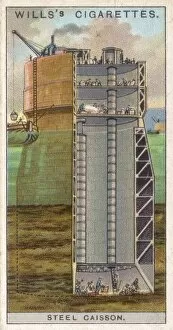Caisson Collection (#2)
In the 1850s, at West Point artillery drill, caissons played a crucial role in military operations
For sale as Licensed Images
Choose your image, Select your licence and Download the media
In the 1850s, at West Point artillery drill, caissons played a crucial role in military operations. These sturdy structures were maneuvered with precision and skill, as seen in the photographs of soldiers deftly handling concrete caissons (JLP01_01_064_42, JLP01_01_064_48, JLP01_01_063_04). The construction process itself was captured in an intriguing image (JLP01_01_063_51), showcasing the intricacies involved. Caissons also found their place beyond the battlefield. An engraving depicting The Imperial Dock in Rio Janeiro showcased how these structures closed off entrances to ensure smooth sailing for ships. Another fascinating illustration depicted a Diving Bell (chromolitho), highlighting its connection to caisson technology. The versatility of caissons extended even further into architectural marvels like the Metro construction in Paris. An English Delegation visiting during this time witnessed firsthand the innovation behind these underground transportation systems. One particularly captivating engraving revealed a Coupe d'un Caisson à Béton pour les Assises des Fondations de la Tour Eiffel. This depiction shed light on how caissons were used as foundations for iconic landmarks such as the Eiffel Tower. Not limited to land-based projects alone, building boats specifically designed to navigate beneath streets became possible through ingenious use technology. Such ingenuity was evident at The Works at Forth Bridge Railway (NB) where an engraving showcased remarkable engineering feats involving these structures. From military operations and maritime endeavors to architectural wonders and innovative transportation systems, caissons have left an indelible mark throughout history by enabling groundbreaking achievements across various domains.

